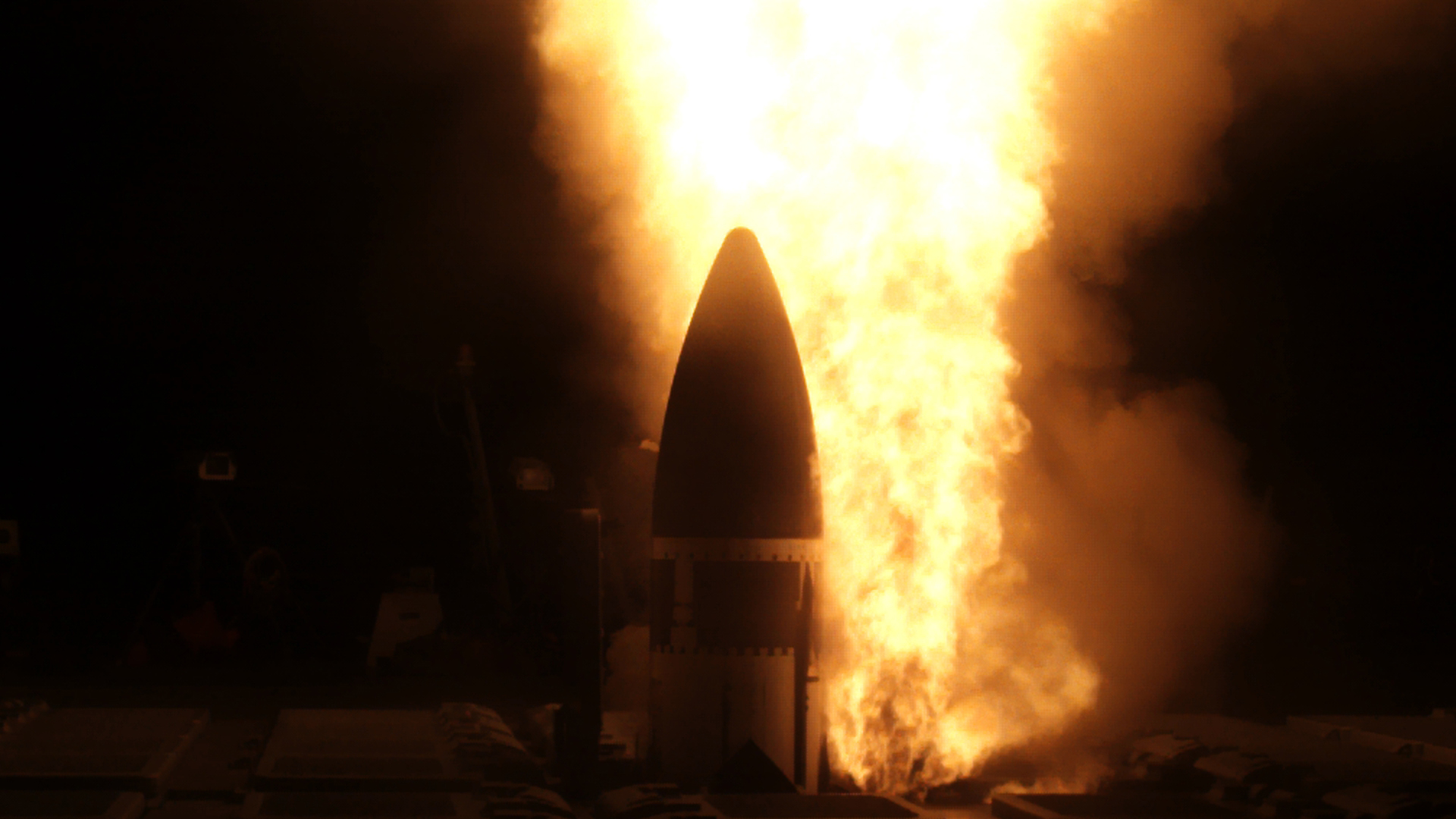
The Pentagon is taking the first steps to provide Guam with a persistent, 360-degree missile defense system against Chinese and North Korean attack, Missile Defense Agency director Vice Adm. Jon Hill told a Senate panel Tuesday.
Testifying before the Senate Armed Services strategic forces subcommittee, Hill said environmental assessments of a dozen or so sites selected by the agency and the Army are underway.
The final statement “will evaluate the potential environmental impacts from the proposed deployment and operation of missile defense radars and sensors, missile interceptor launchers, and command and control systems; construction and operation of associated support facilities and infrastructure; and management of associated airspace,” according to a May 5 Federal Register announcement.
The U.S. notified the territorial government about the move on May 2. Public responses are due in 30 days from the announcement in the Federal Register.
Hill reported publicly that the Fiscal Year 2024 budget request includes the Aegis Guam System development and the procurement of launch equipment. It also seeks approval for military construction planning and design funding for system siting. The Army’s request for Guam includes funds for military family housing, since it has extended tours from one year to three years.
Hill said the capability, once installed, will provide a layered defense “against simultaneous cruise, ballistic, maneuvering and hypersonic attack.“ As part of this, he told the panel the agency is working with the Navy on “design, production, and fielding of additional Aegis ship upgrades and SM IB and IIA missiles.”
The United States territory has a major Air Force base and an expanding naval support facility.
SASC strategic forces subcommittee ranking member Sen. Deb. Fischer (R-Neb.) stressed the importance “of getting more capability to Guam as quickly as possible.”
John Plumb, the assistant secretary of space policy, and Hill stressed that the island and all other U.S. territories are considered part of the homeland. “We’re committed to missile defense on Guam,” Plumb said.
Plumb noted that the Pentagon “is requesting $1.5 billion in FY 2024 to strengthen missile defense of the island, which is a critical operational hub in the Indo-Pacific region. The Department is also in the process of designating, as required by statute, a single senior official to manage the missile defense effort on Guam.”
At a press briefing in March on the agency’s $10.9 billion budget request, Hill detailed how the sensor architecture for command and control and the launchers for the Guam’s missile defense would work.
Guam will have a version of AN/TPY-6 four-sided phased array radar for integrated air and missile defense that is tied to a disaggregated Aegis Ashore on the periphery, he said. “At the simple level, Aegis and IBCS [the Army’s Integrated Air and Missile Battle Command System are] working together on the island.”
In his written testimony to the committee, Hill added: “we are in the early stages of developing the Homeland Defense Radar-Guam (now designated as the AN/TPY-6 radar) and the Aegis Guam System to provide persistent long-range midcourse discrimination, precision tracking, missile engagements, and hit assessment to protect Guam.”
Hill said there would be vertical and mobile launchers on Guam and that Aegis has some capability to down hypersonic missiles. But the Army’s Terminal High Altitude Air Defense system, or THAAD, has not been tested for this.
Asked about protecting aircraft carriers against hypersonic missiles attack, he said Aegis destroyers would be providing that in its “ballistic missile” flight at launch or terminal approach. The “glide phase interceptor” is still in a science and engineering phase. In the written testimony, Hill said the agency “will continue to develop and mature the GPI capability and leverage the Aegis Weapon System. Today, MDA already provides the Navy an initial terminal defense capability.”
During the hearing, Hill said that although China often announces various missile tests it conducts, “we just don’t publicize [all of] them.”





